How To Turn Off HDR on Netflix Step-by-Step
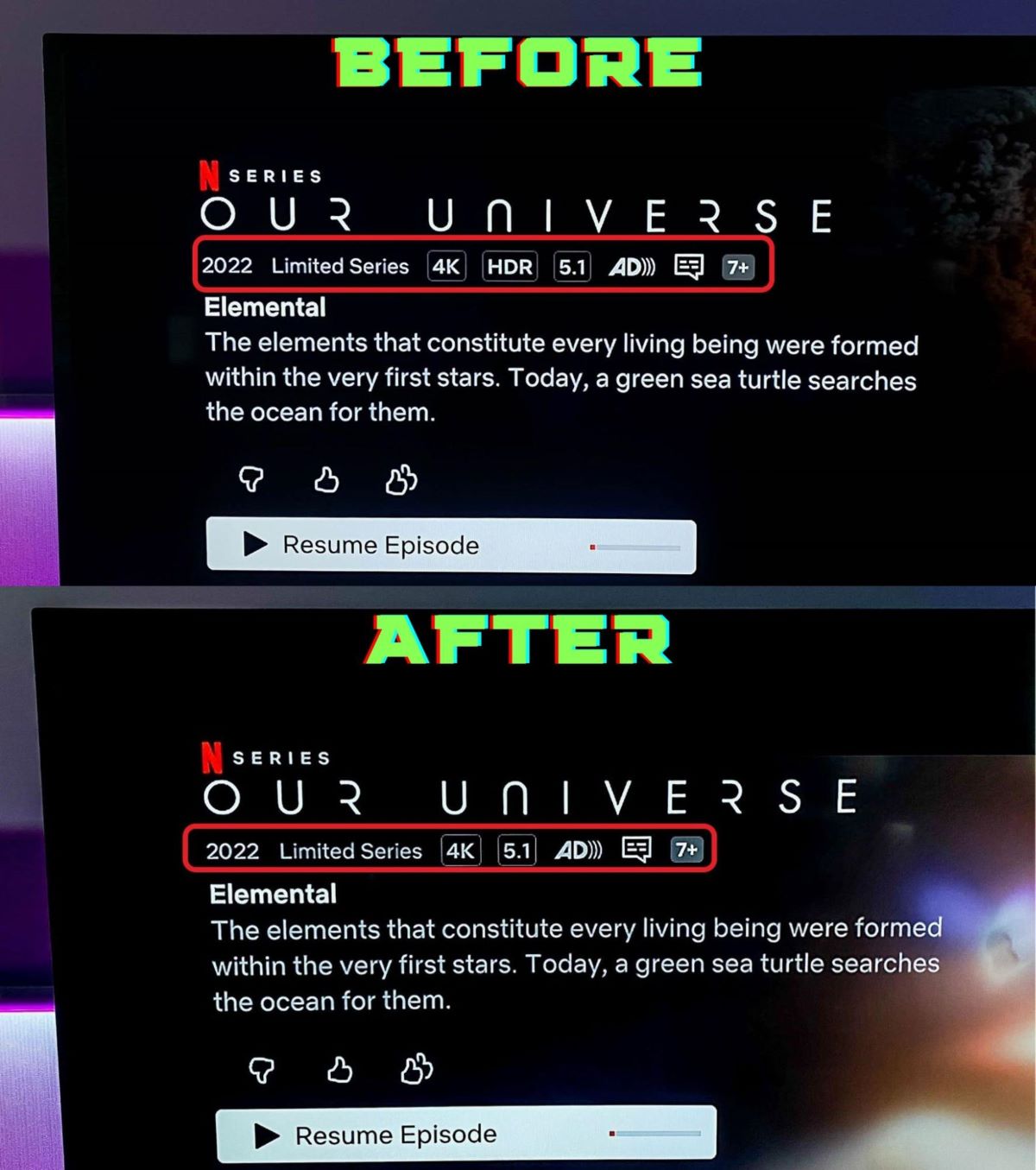
What To Know
- For TVs without a direct HDR-off option, using external streaming devices like Apple TV or Roku player allows you to disable HDR in their video settings to improve Netflix viewing.
- On PCs or laptops, Windows users can turn off HDR in the Display settings, while Mac users can disable HDR for external displays in the System Preferences.
- For Android phones, the Android Debug Bridge (ADB) tool can be used to modify software settings and disable HDR playback, but this method requires technical steps and caution.
In this guide, I’ll teach you how to turn off HDR while watching Netflix on various devices, including TVs, Windows or Mac PCs or laptops, and Android phones.
Let’s dive in!
Quick Navigation
Netflix currently does not offer an option to disable the High Dynamic Range (HDR) feature within its app.
This can be problematic for certain viewers, as HDR may occasionally cause the screen image to appear overly dark or otherwise unsatisfactory.
However, there’s no need to worry. There are effective strategies you can employ to circumvent this issue.
One such strategy involves deactivating the HDR setting on the specific device you are using to stream Netflix.
I have explored and tested various methods to achieve this successfully, ensuring you can enjoy your favorite shows and movies without the unintended effects of HDR.
1. Use Streaming Devices For TV users
If you’re using a smart TV from brands like Samsung, LG, Sony, or TCL, you might notice that they have a lot of cool features.
However, one downside is that these TVs often don’t let you turn off the HDR feature.
The HDR effect can make your TV’s picture look too dark or too bright, which can be annoying.
I’ve found out through my own research and experience that these brands haven’t provided a way to disable HDR directly on the TV.
It would be really useful if these TV makers included this option in their settings, similar to how Roku TVs, such as Hisense Roku TVs, have a hidden menu for turning off HDR.
But there’s a solution!
You can use external streaming devices like an Apple TV or a Roku player to connect to your TV.
These devices have options in their video settings that let you adjust the HDR.
This way, you can enjoy shows on Netflix just how you like them, without the HDR effect if that’s what you prefer.
Here’s a quick guide on how to turn off HDR on different streaming devices:
| Apple TV | Settings > Video and Audio > Video > Format > Select a non-HDR format |
| Roku player | Settings > Display type > Choose a non-HDR display type |
| Fire TV stick | Settings > Display and Sounds > Display > Dynamic Range Settings > Turn off HDR |
| Chromecast with Google TV | Settings > Display & Sound > Dynamic range and color format > Switch from HDR to SDR format |
I’m going to show you how to turn off HDR on an Apple TV box as an example:
Step 1: Navigate to the Menu screen and open Settings.
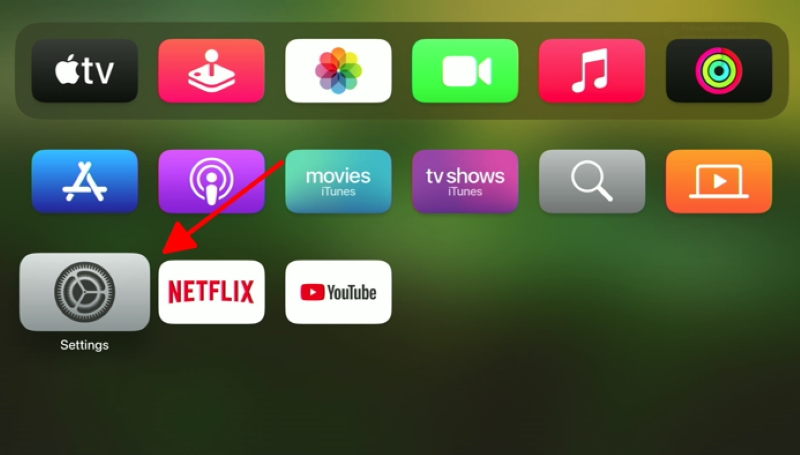
Step 2: Go to Video and Audio.
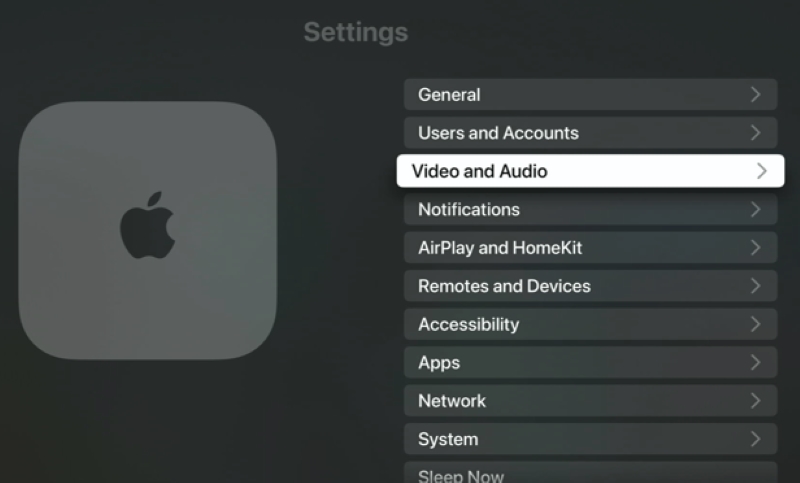
Step 3: Under Video, select Format.
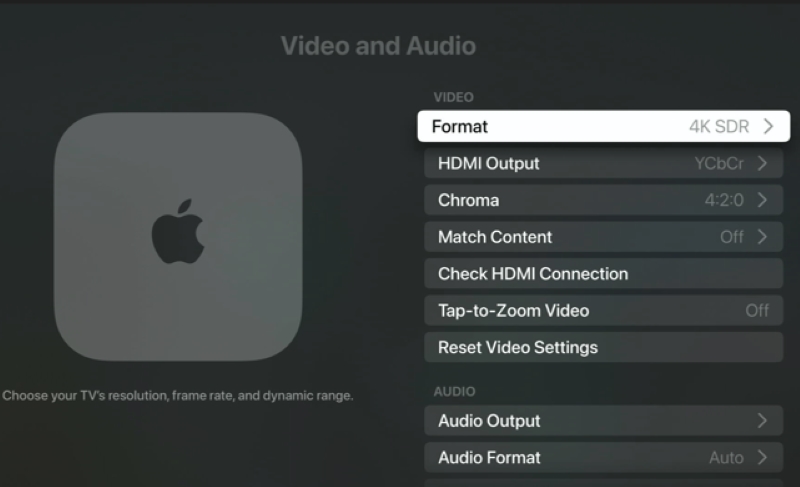
Step 4: Finally, change the Format from HDR to any SDR format you like.
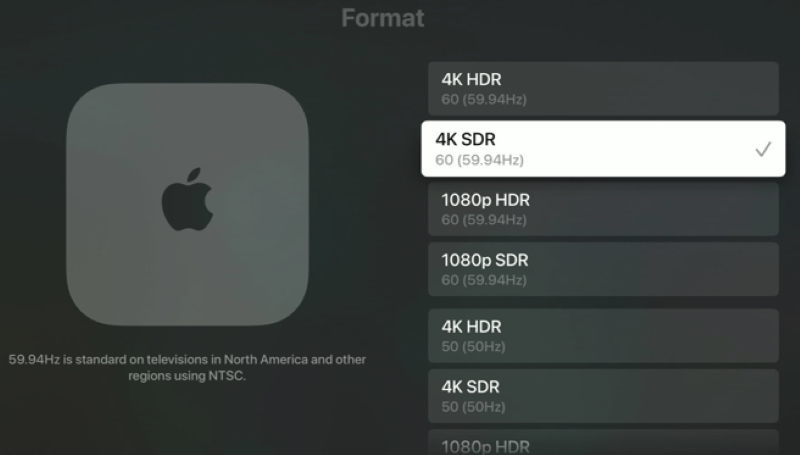
Bonus 1: Turning Off HDMI Deep Color on LG TV
While you can’t turn off HDR directly on LG TVs, you can effectively disable it particularly when connecting to external devices via HDMI connection.
This is done by turning off the HDMI Deep Color feature, which affects how vibrant and detailed your screen looks.
To do this, first, navigate to your TV’s settings. Start by clicking on Settings, then move to General and choose Devices.
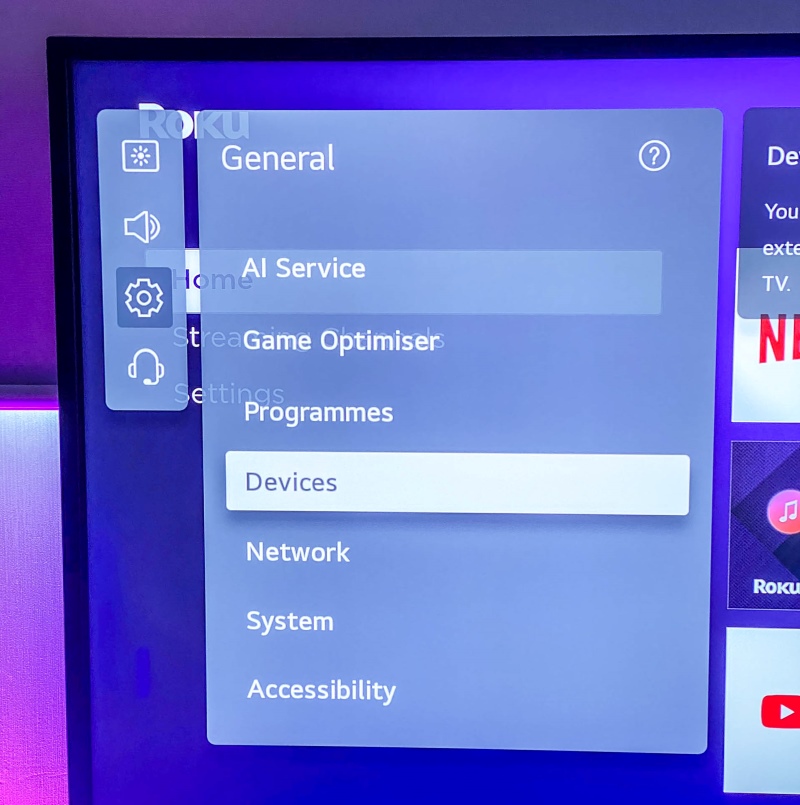
In this section, you’ll find HDMI Settings. Here, look for HDMI Deep Color and switch it to Off.
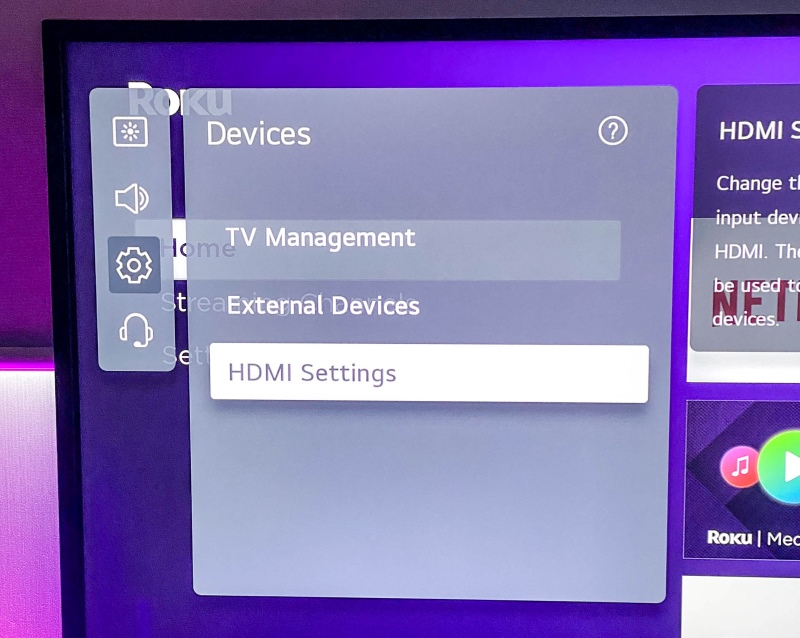
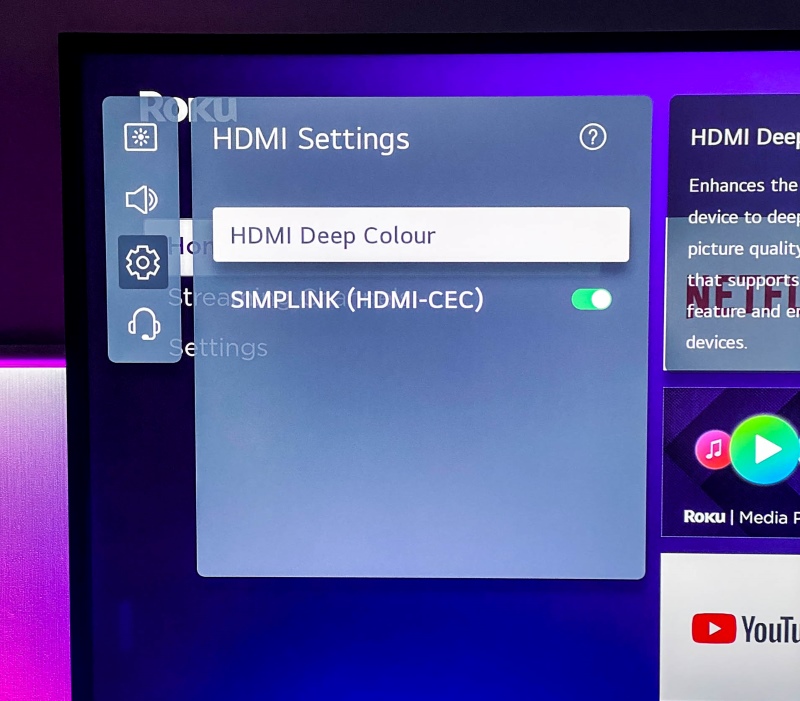
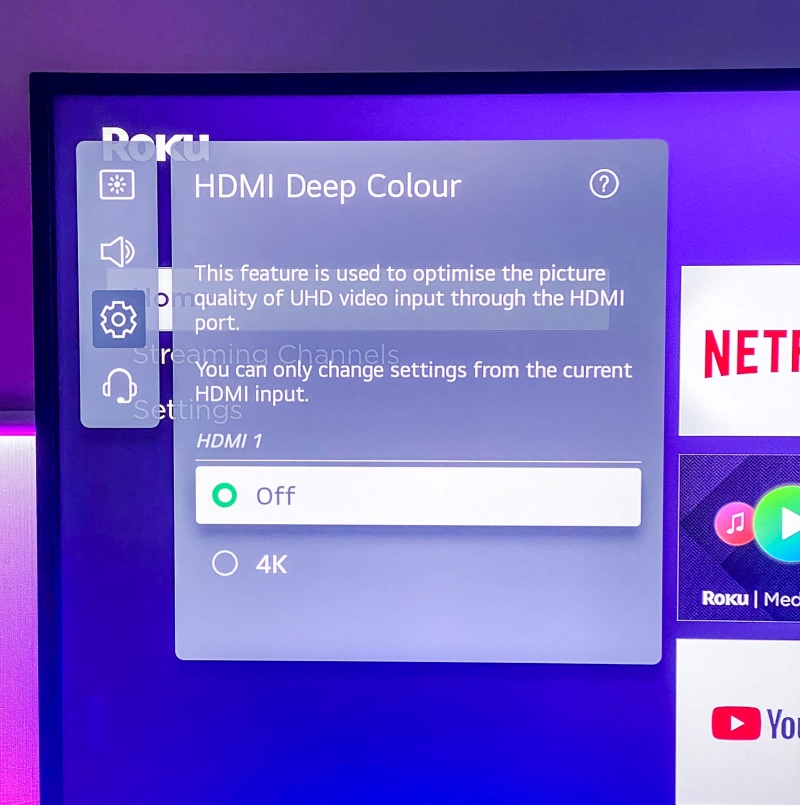
Bonus 2: Secret Menu for Turning Off HDR on Roku TVs
Roku TVs, including popular models like the Hisense Roku TV, have a cool feature many users don’t know about: a hidden menu that lets you turn off HDR.
To do this, follow these steps:
Step 1: Start by pressing the Home button on your remote control five times in a row.
Step 2: After that, press these buttons in this exact order: Rewind, Down Arrow, Fast Forward, Down Arrow, and then Rewind again.
This special sequence of buttons opens up the secret menu.
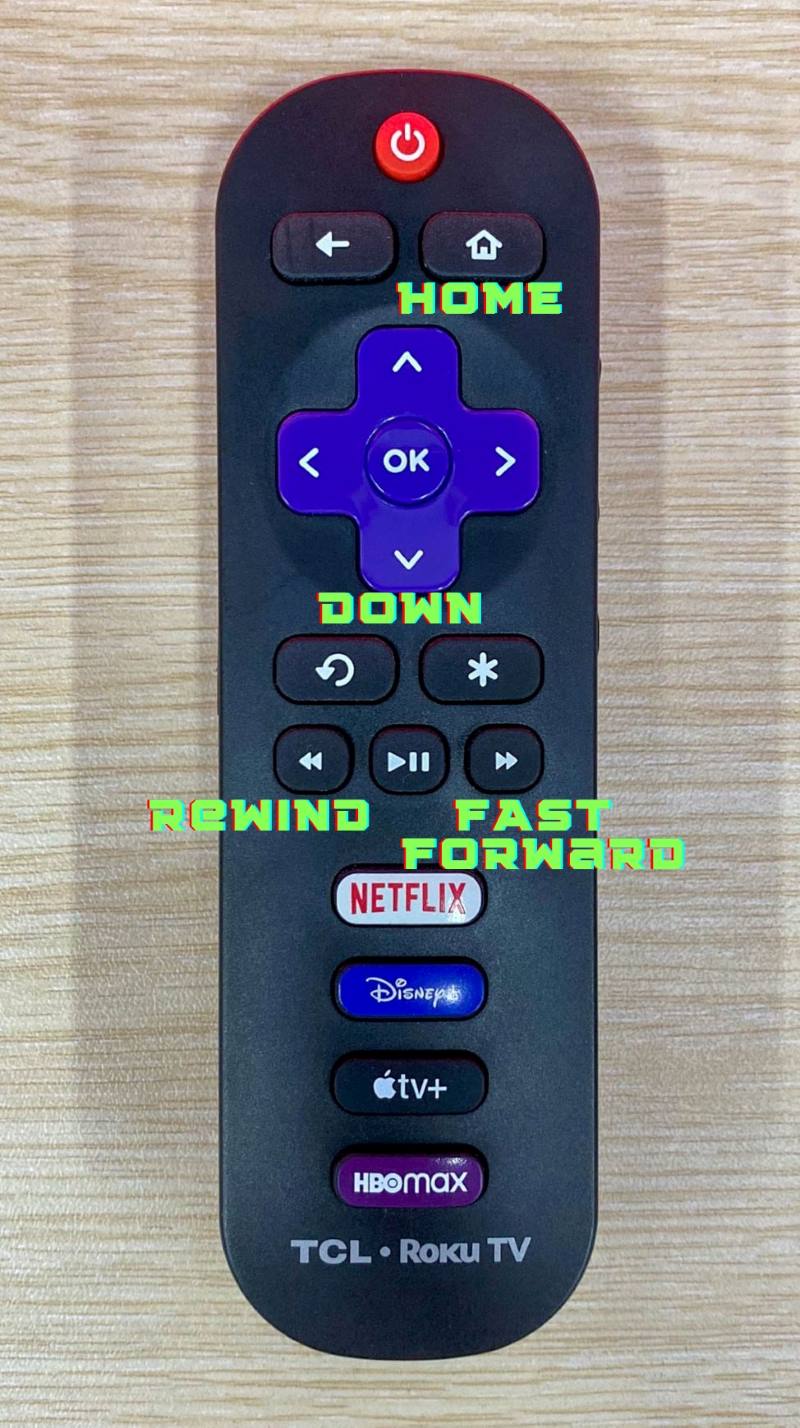
Step 3: Once you’ve accessed the secret menu, look for the option that says Change HDR Mode.
Select it, and then choose Disable HDR.
If you prefer visual instructions, watch the video below.
2. Turn Off HDR in Display Settings For Windows Users
If you’re streaming Netflix on a Windows PC or laptop that has an HDR-capable monitor, you might want to turn off HDR to watch shows in a non-HDR format.
HDR, or High Dynamic Range, makes colors more vivid and realistic, but sometimes it can be too intense or not work well with certain shows.
To disable HDR, simply go to your computer’s Display settings.
Here’s how you do it: First, open the Settings menu, then select System.
From there, choose Display. Look for the section labeled Use HDR and switch it to OFF.
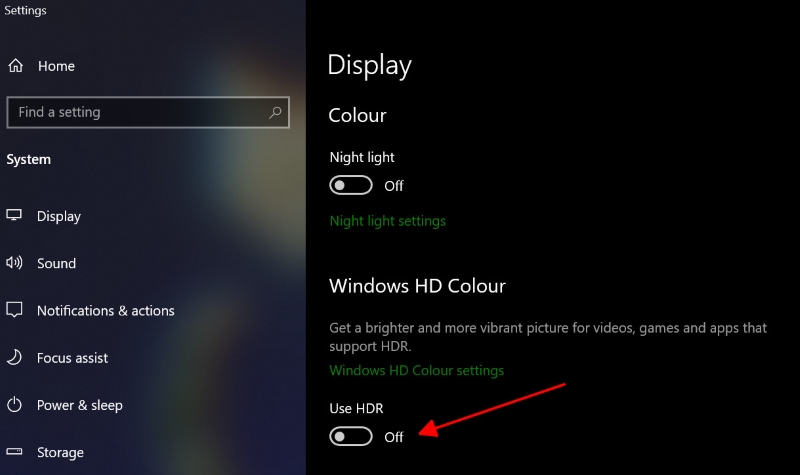
This change will adjust your display, so Netflix shows in a standard format, which might be easier on your eyes or better for the content you’re watching.
3. Turn Off HDR for External Monitors For Mac Users
For Mac users who are connecting their MacBook, especially models from 2018 onwards like the MacBook Pro, to an external HDR display, there is a useful feature you should know about.
These newer MacBooks are equipped with HDR capabilities, but sometimes you might want to turn this feature off for various reasons, such as to improve compatibility or reduce eye strain.
Before you adjust these settings, make sure your MacBook is running macOS Catalina or a later version, as this option is only available on these updated operating systems.
To disable HDR on your external monitor, you’ll need to access your Mac’s Display settings.
Here’s a simple guide: First, open System Preferences on your Mac.
Then, navigate to Display Settings. In this menu, you’ll see options for your Mac’s screen and any connected external displays.
Select the external display you’re using. You’ll find an option labeled High Dynamic Range. By unchecking this box, you turn off the HDR for that external display.
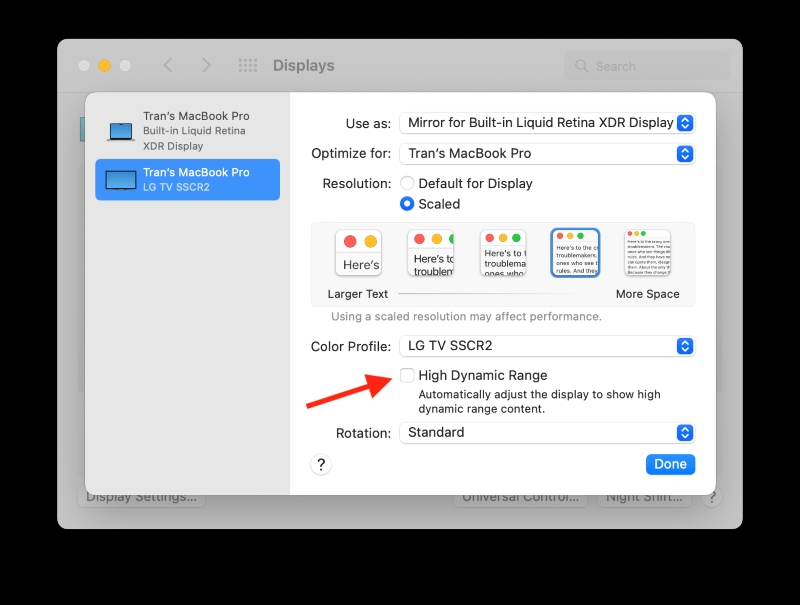
This change can make the display look different, often with less intense colors and contrast, which might be easier on your eyes or better suited for certain types of work.
Remember, these changes are not permanent.
You can always go back into your display settings and re-enable HDR if you want to switch back to the more vibrant display settings that HDR offers.
4. Turn Off HDR Playback For Android Phones
Turning off HDR playback on Android phones, especially for streaming services like Netflix or YouTube, can be a bit tricky since there isn’t a direct option in the phone’s settings.
However, with a little technical know-how, it’s possible to make this adjustment.
In this guide, I will walk you through the process step-by-step, using a Samsung Galaxy A71 phone and a Windows PC as an example.
Before we start, it’s important to note that this method requires modifying your phone’s operating system settings using the Android Debug Bridge (ADB) tool.
ADB is a powerful tool used for device management and debugging. While effective, incorrect use of ADB commands can cause errors, so please proceed with caution.
Here’s how you can disable HDR playback:
Step 1: First, you’ll need to install an ADB application on your PC.
I recommend the SDK Platform Tools, which you can download for Windows, Mac, and Linux.
Use this link to download the tool.

Step 2: After downloading, extract and open the SDK Platform Tools in your PC’s Downloads folder.
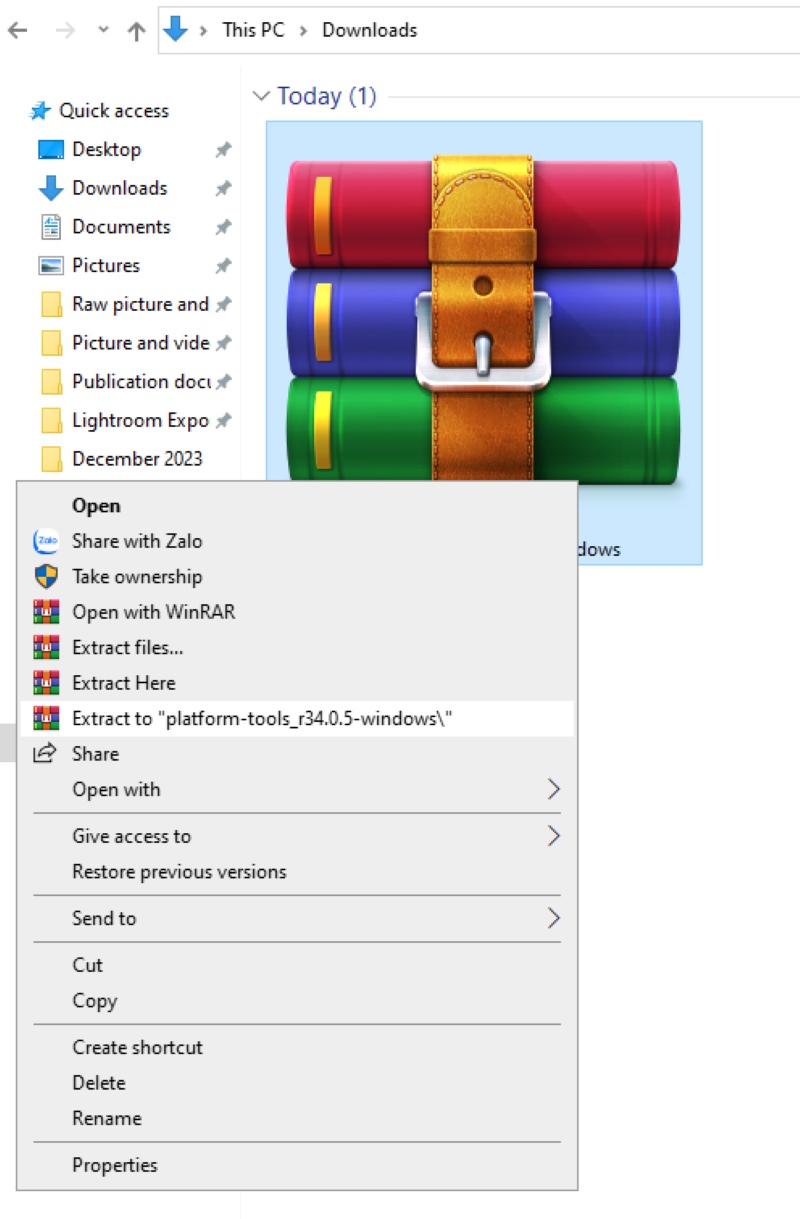
Step 3: To launch the tool, type “CMD” in the address bar of the folder where you extracted the SDK Platform Tools.
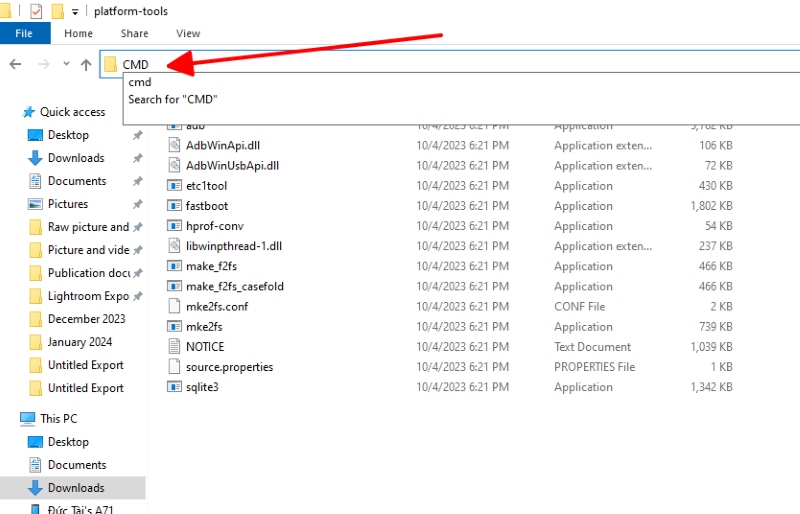
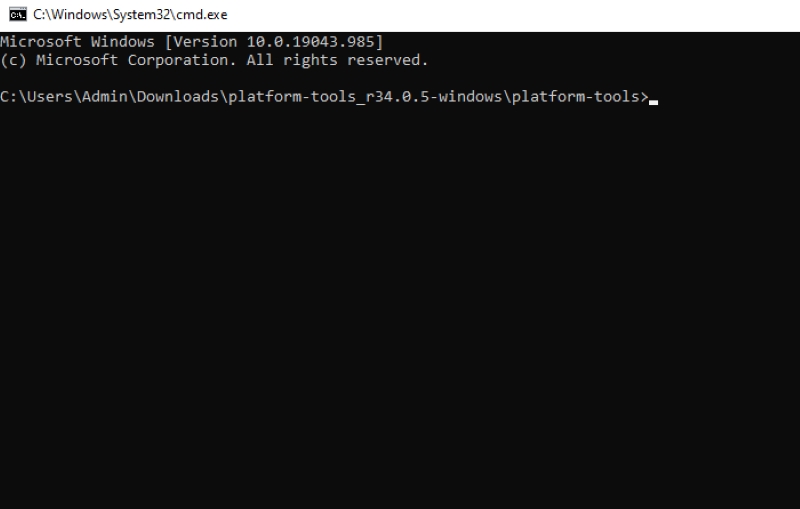
Step 4: Now, prepare your Android phone.
Go to Settings, then About phone, and select Software information.
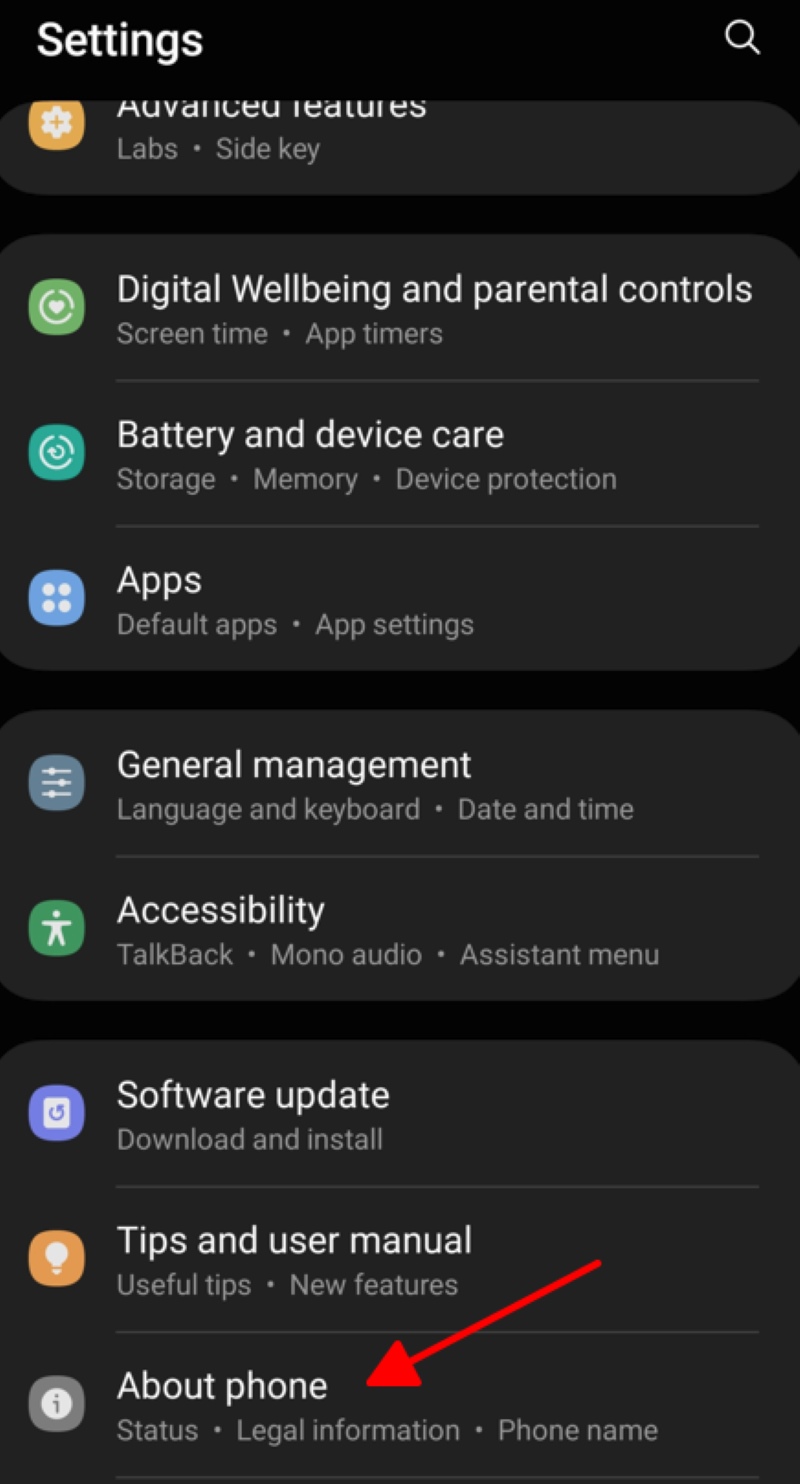
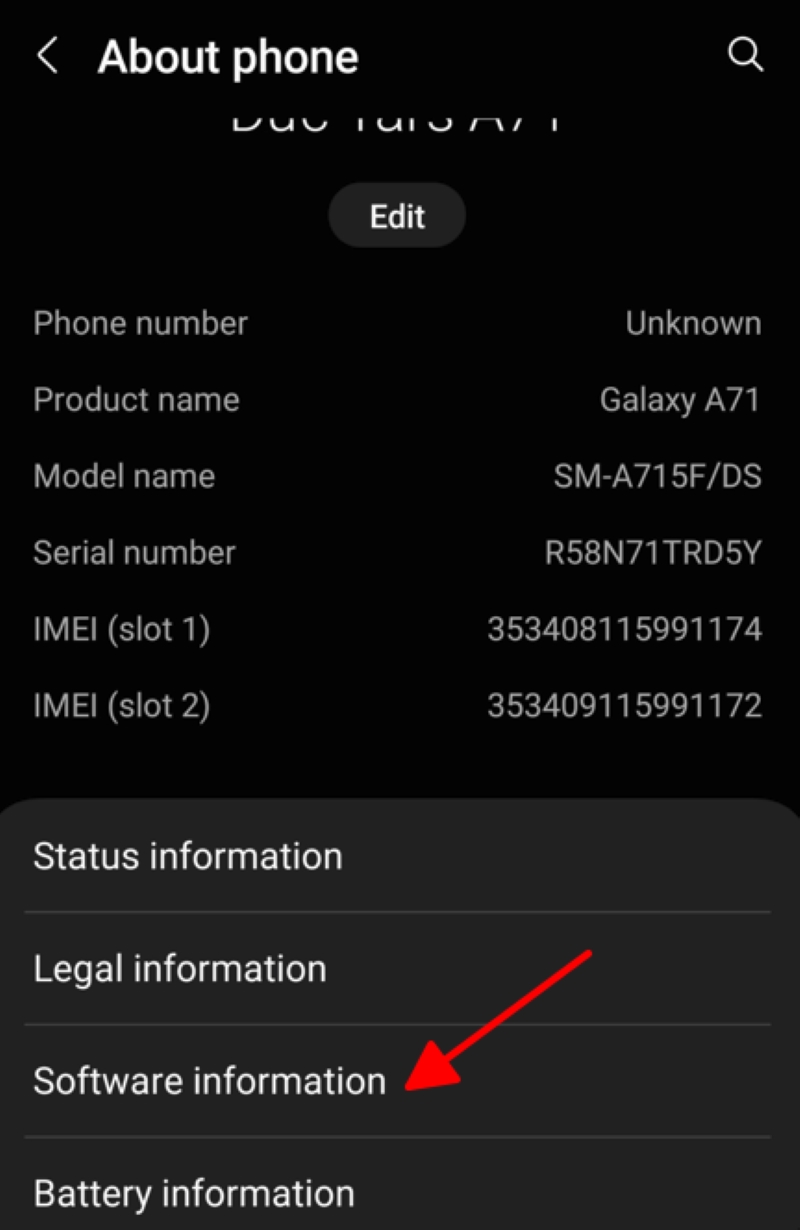
Tap on the Build number section seven times to enable Developer Mode.
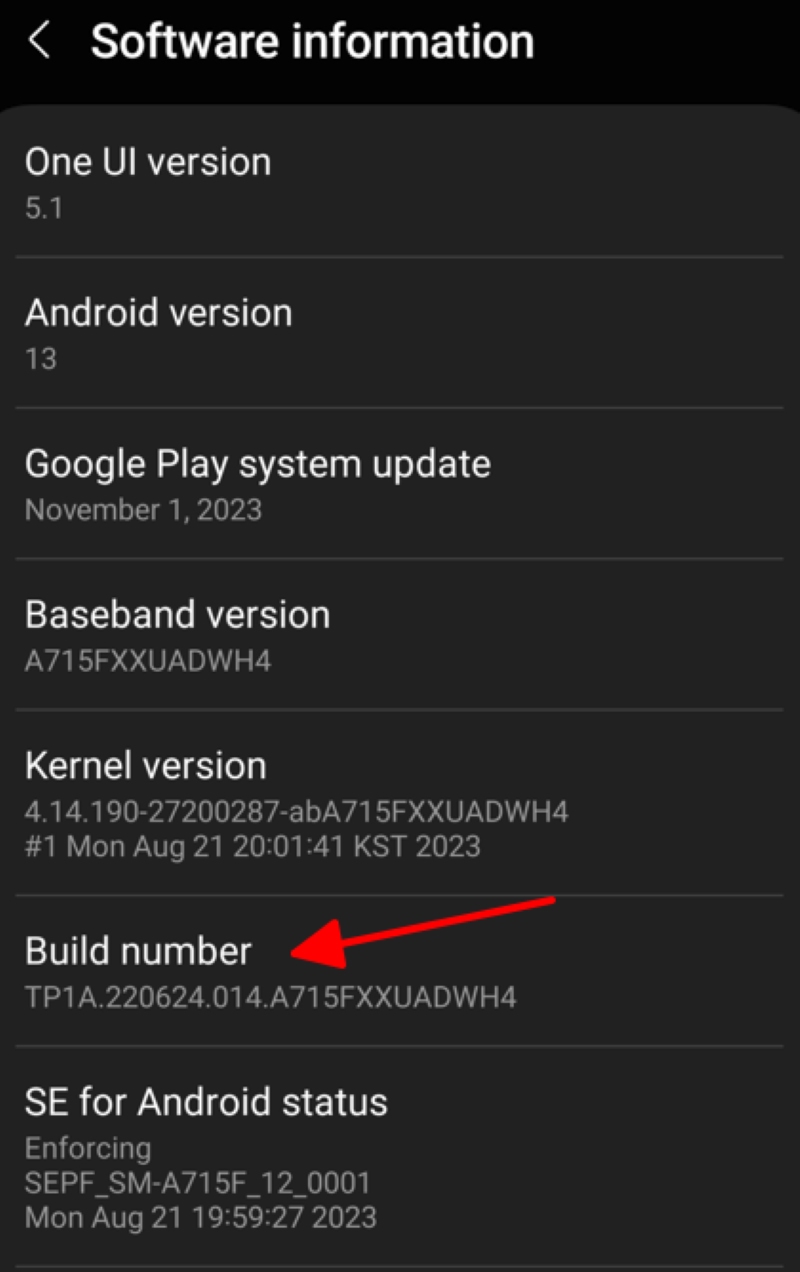
Step 5: Once Developer Mode is enabled, return to the main Settings menu.
You’ll now see Developer options just below the About phone section.
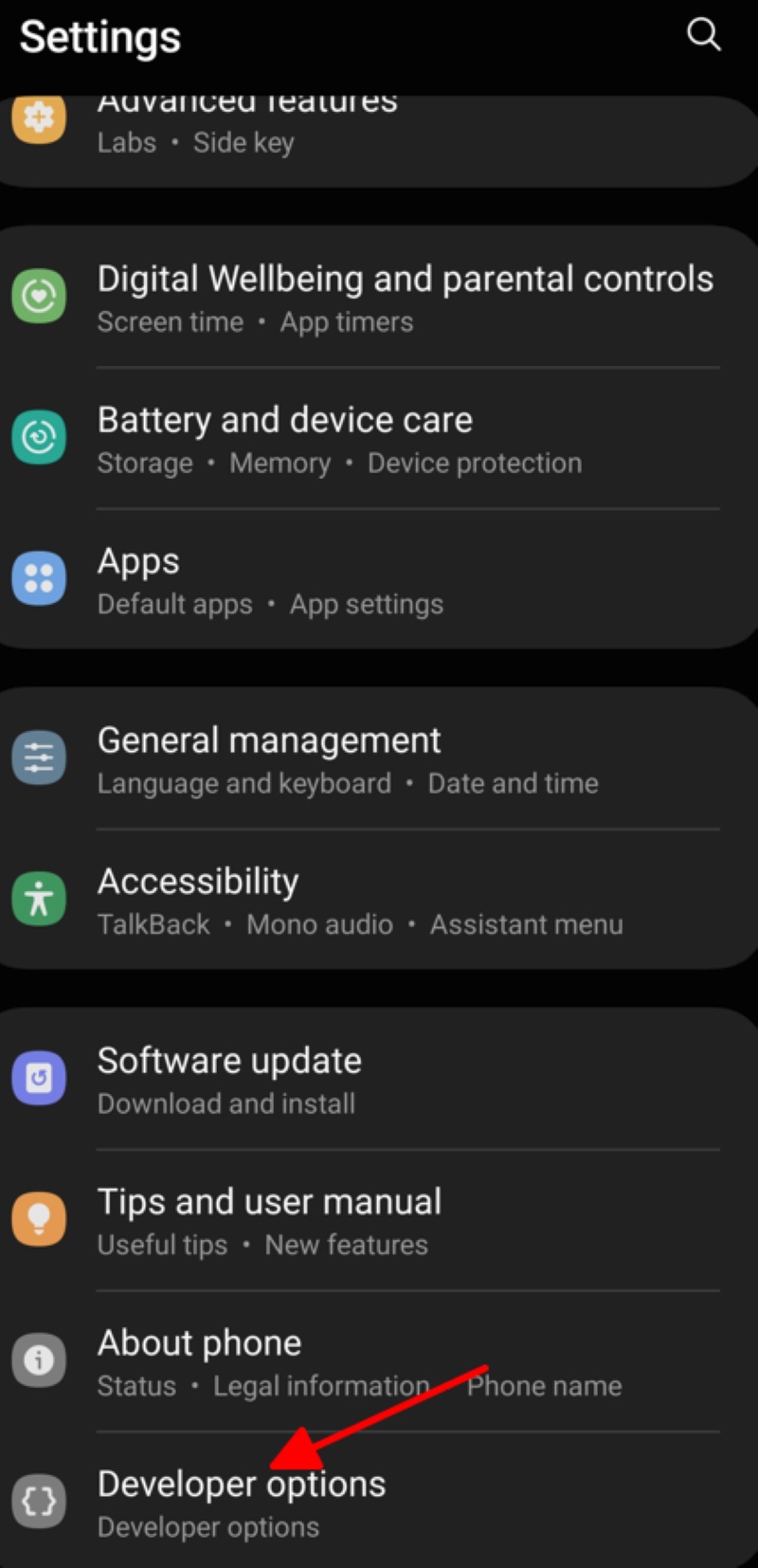
Select it and make sure both Developer options and USB Debugging are turned on.
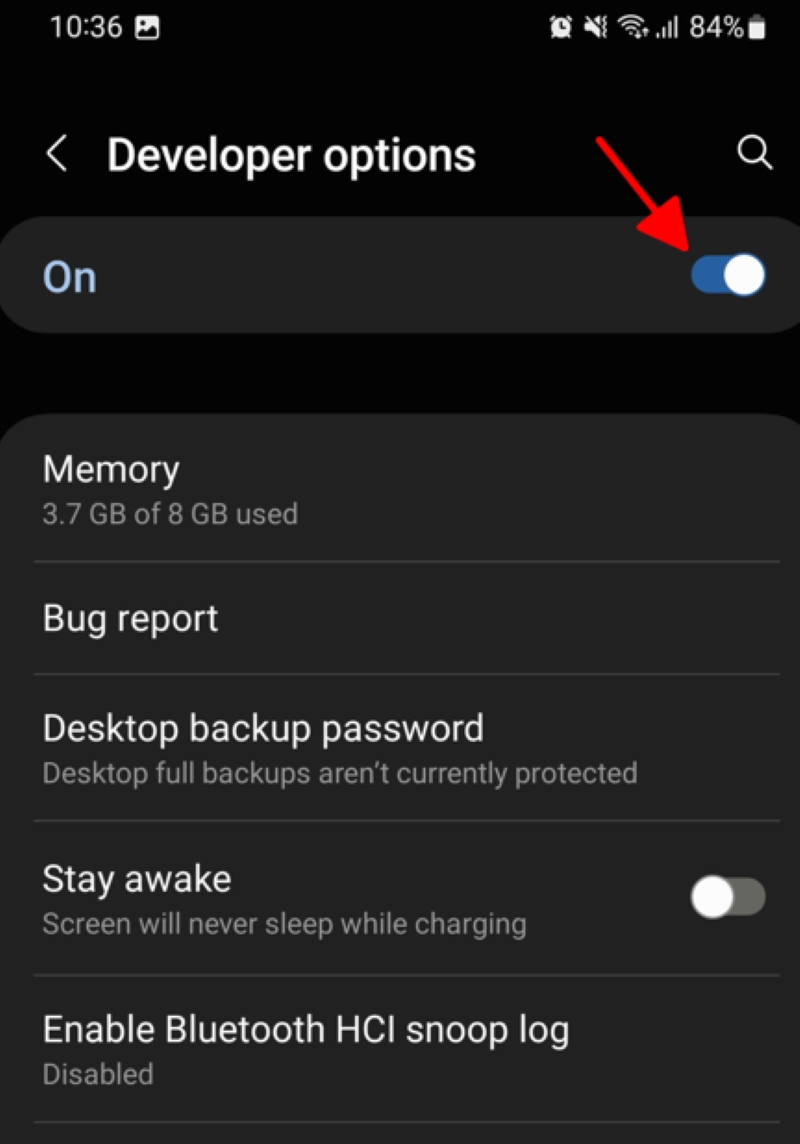
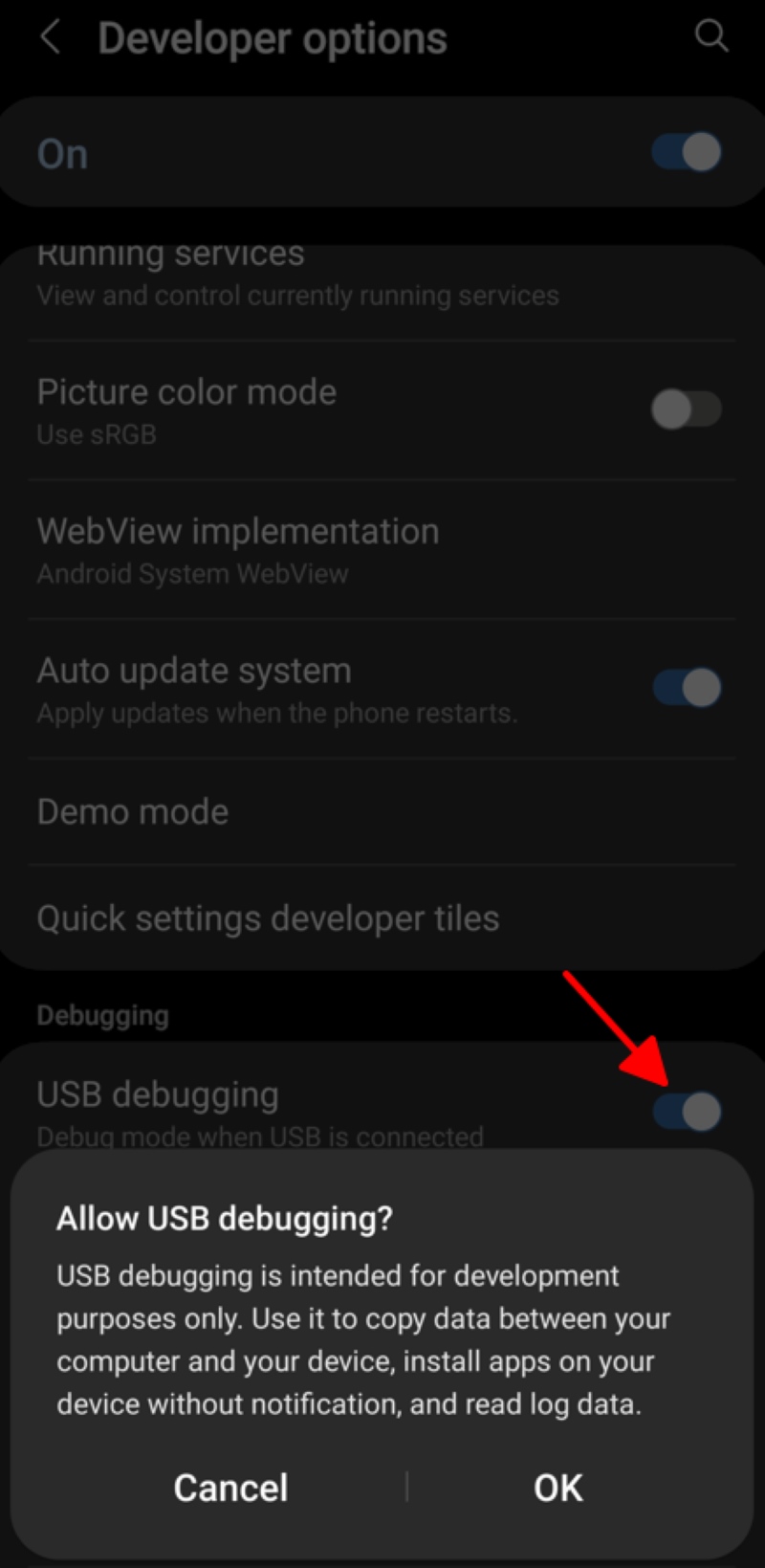
Step 6: Connect your phone to your PC using a USB-C to USB-A cable.
- USB-IF Certified, connects any USB-C to any standard USB-A enabled devices. For power...
- In the box: 1 cable, 3 foot 15W USB-C 3.1 Gen2 to USB-A cable for charging and powering devices,...
- Fast Charge and Data Transfer: Supports fast charging up to 15W (5V/3A) and data transfer speeds up...
Last update on 2025-04-25 / Paid Link.
Step 7: Back in the SDK Platform Tools on your PC, type this command:
adb shell
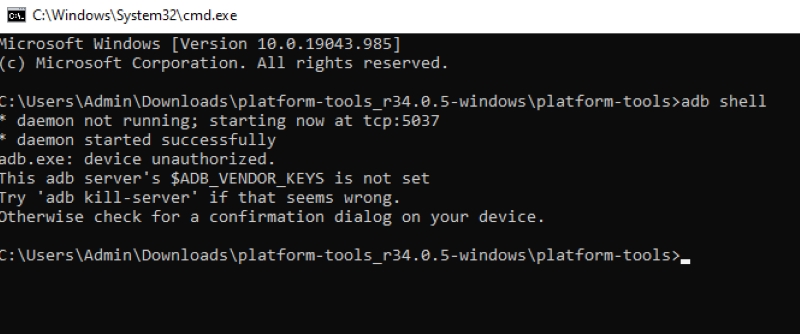
A prompt will appear on your phone; press Allow to enable USB debugging.
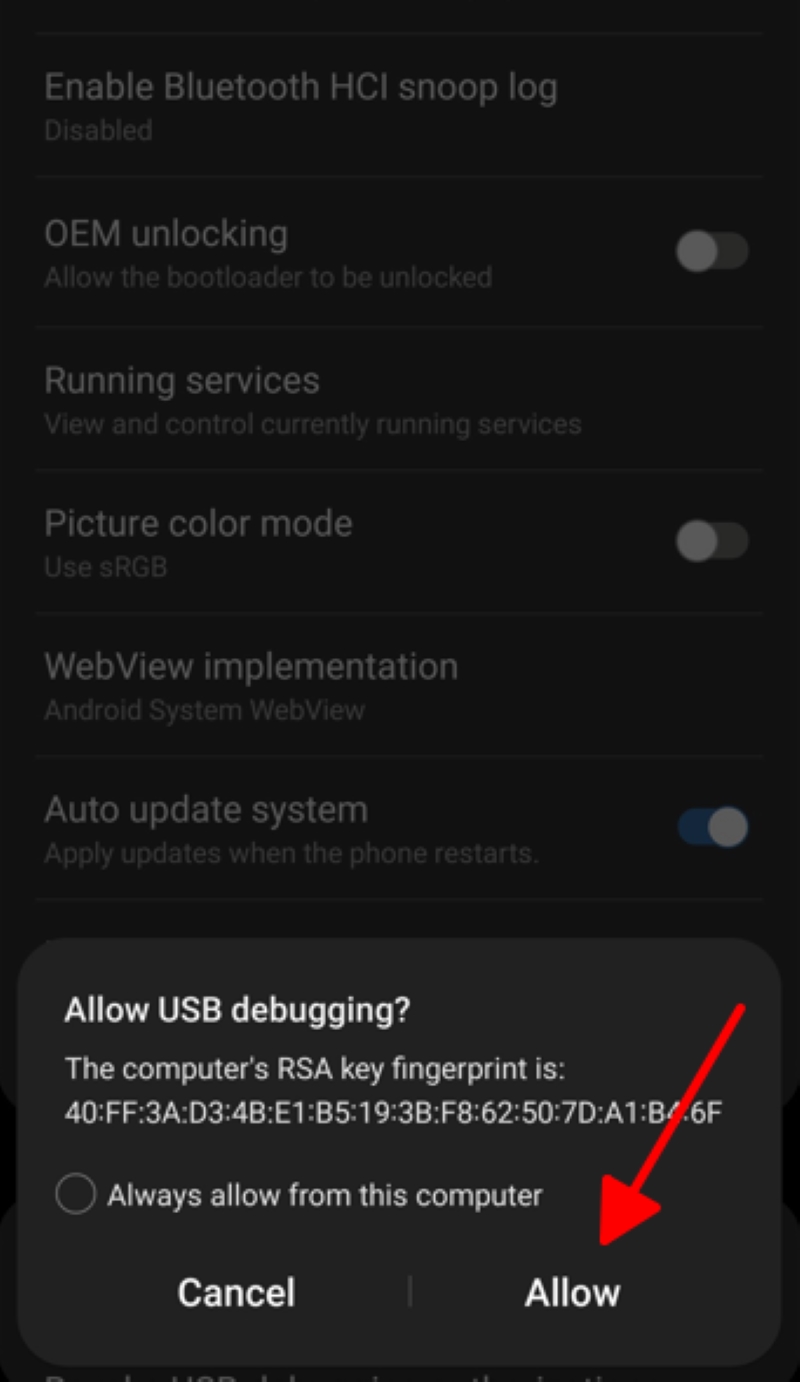
Then continue to type the following two commands:
adb shell settings put global are_user_disabled_hdr_formats_allowed 0
adb reboot
Your phone will restart. Once the restart is complete, type in the command below:
adb shell cmd display set-user-disabled-hdr-types 1 2 3 4
For Android OS 13, type in the following two commands:
adb shell cmd display set-user-disabled-hdr-types
adb shell cmd display set-user-disabled-hdr-types 1 2 3 4
For Android OS 14+, execute the following three commands:
adb shell settings put global are_user_disabled_hdr_formats_allowed 0
adb shell settings put global user_disabled_hdr_formats 1,2,3,4
adb reboot
Step 8: Finally, disconnect your phone from your PC and restart it. This ensures all changes are properly applied.
Congratulations! Your Android phone should now only display Standard Dynamic Range (SDR) content on streaming platforms like Netflix or YouTube.
Remember, while this process is a bit complex, it’s a handy skill to have. Just be sure to follow the steps carefully to avoid any mishaps.
5. Downgrade Your Netflix Membership Plan
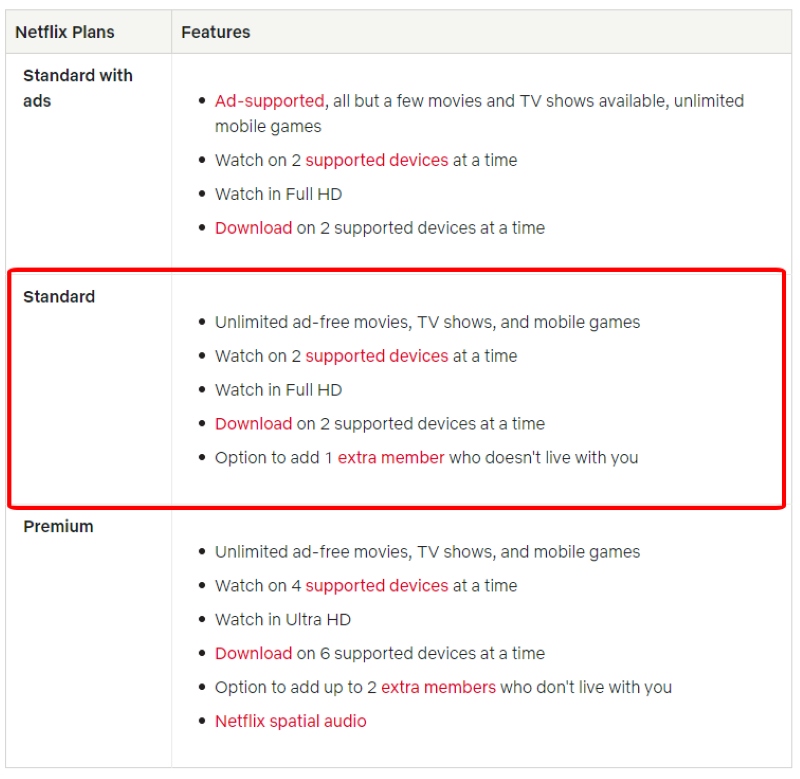
If you’re experiencing issues with HDR (High Dynamic Range) while watching Netflix, there’s an alternative solution you might want to consider: downgrading your Netflix membership plan.
For instance, by switching to the Standard plan, you can still enjoy your favorite shows and movies, but without the HDR feature.
It’s important to note, though, that with this change, you will no longer have access to 4K streaming.
Instead, your viewing will be in 1080p resolution.
While 1080p is still considered high definition and provides good picture quality, it’s not as detailed as 4K.
Opting for the Standard plan could be a beneficial choice if you’re looking for a more straightforward, yet still enjoyable, viewing experience on Netflix.
Meet Vance. He’s a proud dad, a seasoned Electronics Engineer, and an avid tech lover. His proficiency in electronics and troubleshooting skills were instrumental in crafting Pointer Clicker. Vance is passionate about simplifying tech for those who aren’t well-versed in it.


